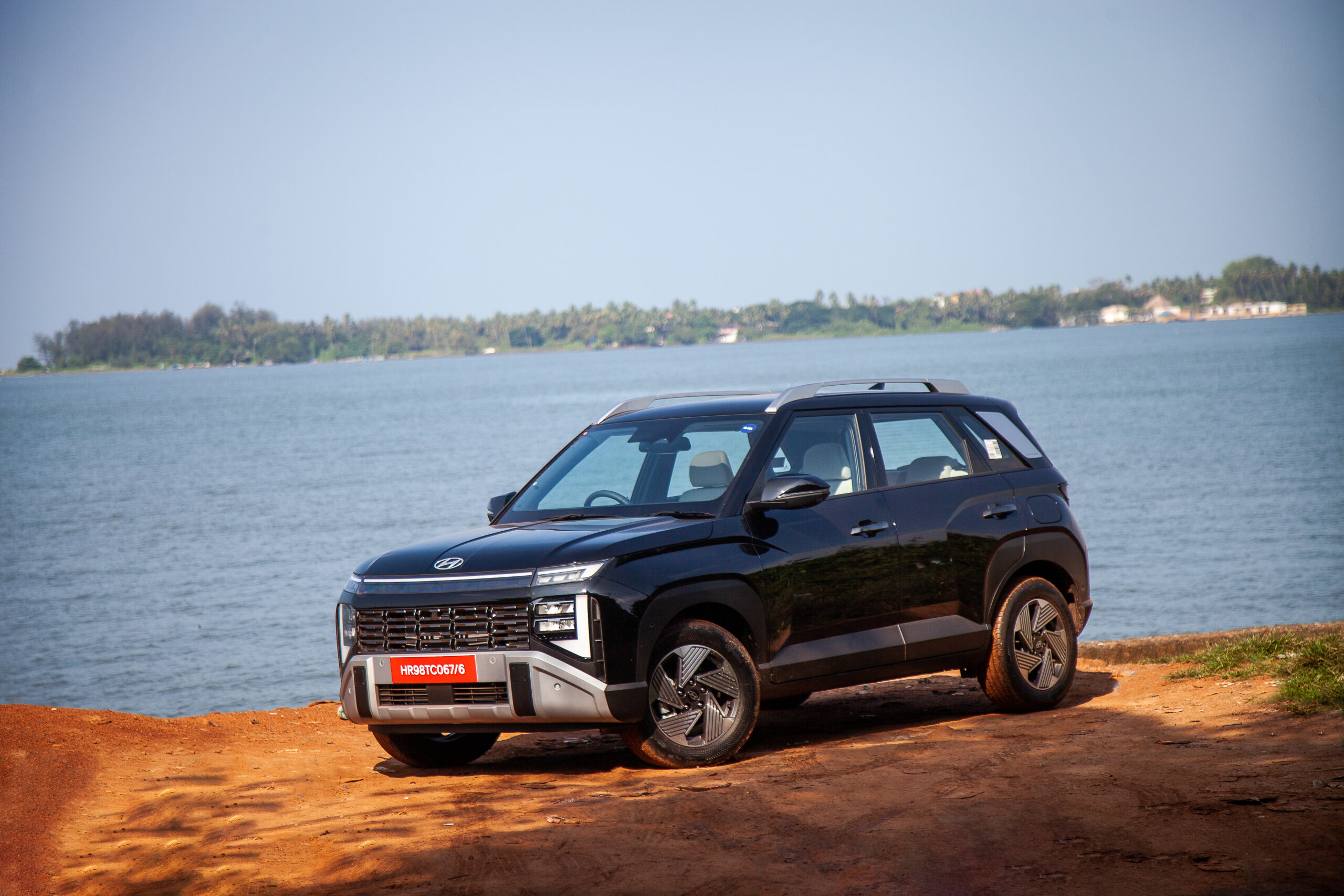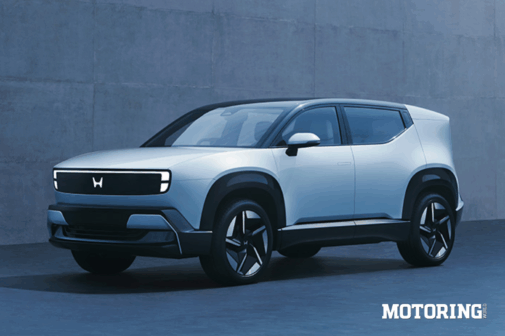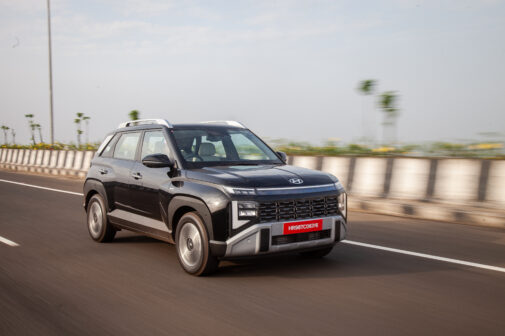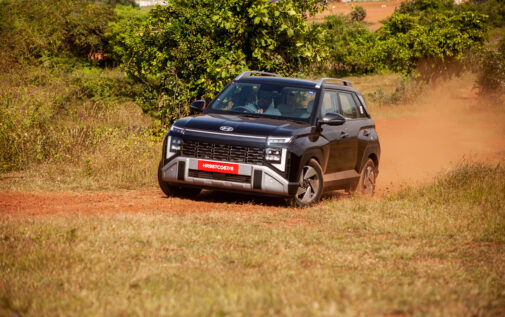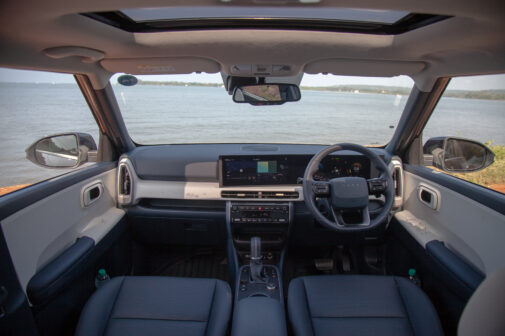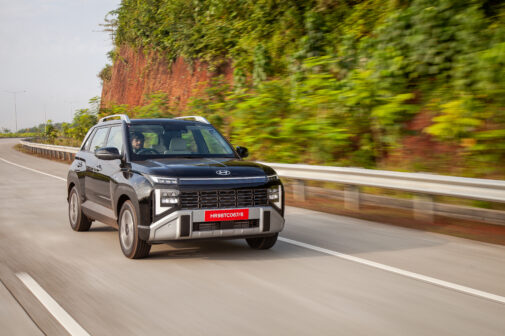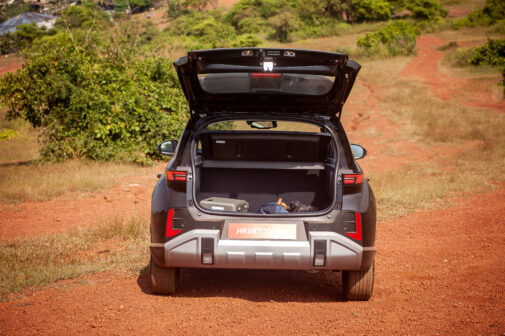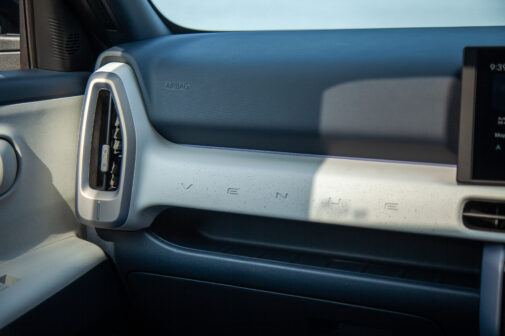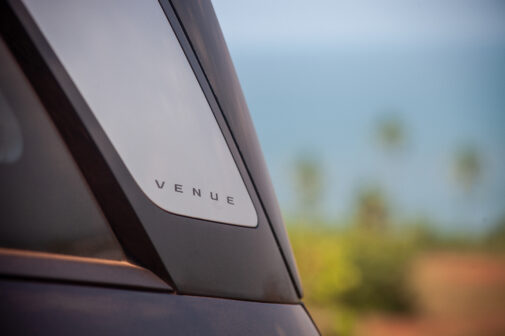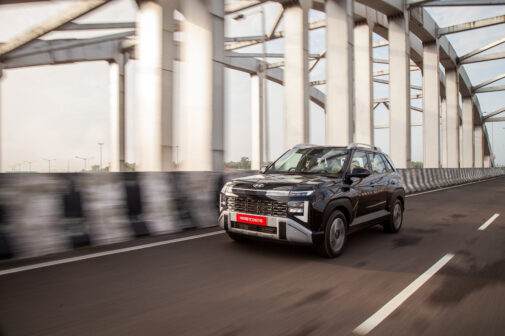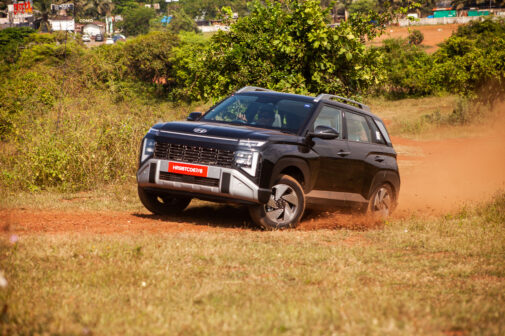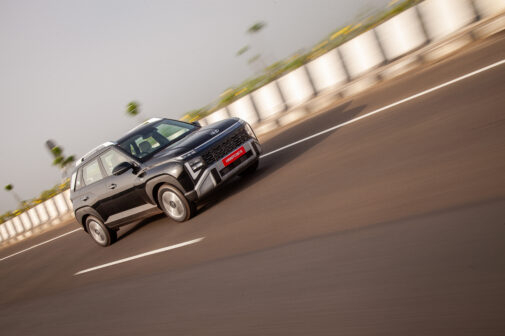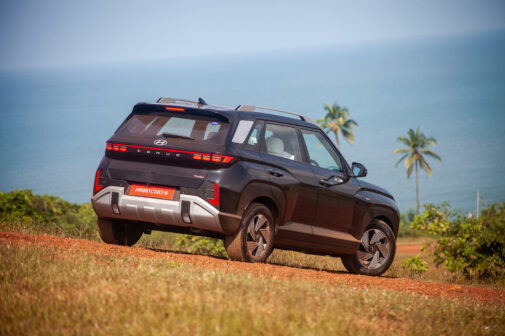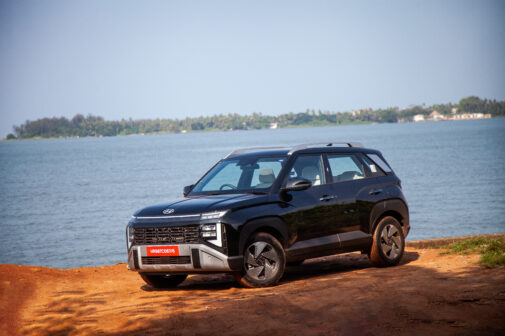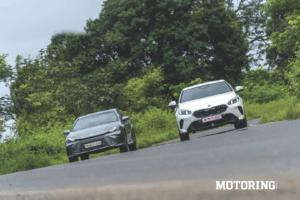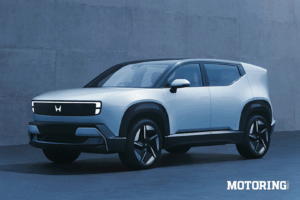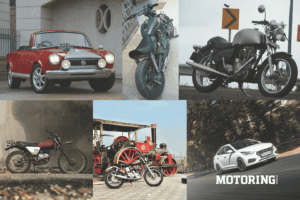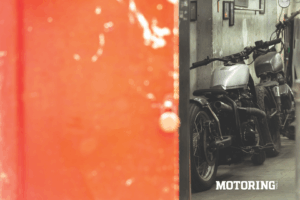When Hyundai first introduced the Venue to India five years ago, it didn’t just enter the compact SUV segment — it reshaped it. With its blend of style, practicality, and technology, the Venue quickly became a household name and one of the country’s top 10 best-selling cars. But in today’s fiercely competitive market — where Tata, Maruti Suzuki, and Mahindra have carved out commanding positions — Hyundai is gearing up for a comeback. The brand wants to reclaim market share and reassert its dominance in a segment it once helped define.
Since its 2019 debut, the Venue has found over 7 lakh customers — an impressive feat by any standard. Yet, when placed next to its larger sibling, the Creta, which continues to outsell rivals with ease, the Venue’s success feels somewhat muted. That’s about to change. The all-new, second-generation Venue is here — the first model to roll out of Hyundai’s new Talegaon plant and a key pillar in the company’s renewed growth strategy. The mission is clear: to take the fight back to the top of the compact SUV space. To see if it delivers, we sampled three variants — the turbo-petrol manual, the sportier N Line, and the diesel automatic — on the winding roads of Goa.
View this post on Instagram
The new Hyundai Venue has been redesigned from the ground up, emerging with a confident, street-smart attitude that perfectly suits its urban SUV persona. Its once-friendly curves have made way for a sharper, more athletic suit of armour — defined by taut lines, sculpted surfaces, and a bolder stance. The front end, inspired by the larger Tucson, now features a dramatic dark chrome grille framed by sleek LED signature lighting that gives it a commanding road presence. Look closer, and you’ll spot a neatly integrated front camera — a subtle yet telling sign of how much smarter this new Venue has become, thanks to the addition of advanced driver assistance systems (ADAS) that bring big-car tech to the compact segment.
Despite maintaining its sub-4-metre footprint, Hyundai’s clever packaging has resulted in a cabin that feels noticeably roomier and airier than before. The stretched wheelbase and improved ergonomics make daily drives and long journeys equally comfortable. On the outside, the 16-inch aero-style alloy wheels and refined dark chrome accents lend a hint of sophistication, while the updated proportions give the SUV a more planted, premium look.
View this post on Instagram
Adding a layer of excitement to the lineup is the new Venue N Line, which now has its own distinctive personality from the start. With sportier bumpers, red accents, and a more assertive stance, it feels far more differentiated than before. Together, these elements make the new Venue not just a facelift, but a complete evolution — one that blends bold design, smart technology, and real-world practicality in a way that redefines what a compact SUV can be.
Inside the new Hyundai Venue interiors, it’s immediately clear that this is a far more premium and thoughtfully executed cabin than before. The interiors have taken a noticeable leap in sophistication, with a completely redesigned dashboard that now sports an elegant dual-tone finish and clean horizontal lines. The AC vents have been reshaped to flow seamlessly with the new layout, while the highlight is undoubtedly the twin 12.3-inch curved displays — one serving as a crisp digital instrument cluster, the other as a slick infotainment touchscreen. Hyundai has also raised the sensory experience with a premium Bose sound system that delivers rich, immersive audio, elevating the overall in-cabin feel.
Beyond aesthetics, the Venue’s build quality and material choice have improved significantly. Everything feels more solidly put together — from the soft-touch surfaces on the dashboard to the tactile feedback of the switchgear. Even the door panels and steering-mounted controls exhibit a newfound sense of precision and durability. Hyundai has clearly focused on making the cabin not just more stylish, but also more refined and premium in both look and feel.
Interestingly, while much of the cabin embraces modern tech, the centre console retains a hint of old-school charm with a cluster of physical buttons. They make operating the HVAC and media controls intuitive, even if the design feels slightly conventional. There’s also thoughtful practicality here — a wireless charging pad, generous storage spaces, multiple cubby holes, and bottle holders throughout. The D-cut steering wheel feels great to hold and features multifunction controls, with a clever design detail — the Hyundai ‘H’ subtly encoded in Morse code.
The front seats are broad, supportive, and well-bolstered, with power adjustment and ventilation that make them ideal for long drives. The rear benefits from the stretched wheelbase, which translates to more legroom and a sense of openness. Scooped-out seatbacks, improved headroom, and added shoulder space make it a comfortable space for three adults. The rear seat now even reclines in two stages, while sunblinds and twin Type-C charging ports add to passenger convenience.
Practicality has also taken a step up. The boot now offers a generous 375 litres of flat, usable space — easily enough for a weekend’s luggage or a family road trip. With 60:40 split-folding rear seats, the Venue continues to be as versatile as it is stylish, blending everyday functionality with an upgraded sense of luxury.
The Venue sticks with a familiar but proven set of powertrains, offering the same range of engines and transmissions as before — each fine-tuned for smoother performance and better refinement. Under the hood, the 1.0-litre turbo-petrol engine continues to punch above its weight, producing 120 bhp and 17.53 kgm of torque, while the 1.2-litre naturally aspirated petrol unit delivers 83 bhp and 11.69 kgm — perfect for city duties. For those who prefer a torquey, long-distance cruiser, the 1.5-litre CRDi diesel remains an excellent option, generating 116 bhp and a strong 25.49 kgm of torque.
Transmission choices are wide and versatile, with both manual and dual-clutch automatic (DCT) gearboxes available. The biggest mechanical update for 2025 is the introduction of a 6-speed automatic transmission with the diesel engine — a move that instantly makes it more appealing to those seeking convenience without compromising on efficiency. On paper, it’s a well-balanced setup, and out on the road, it proves just that. The diesel-automatic combination feels eager and responsive, with the gearbox delivering smooth and well-timed shifts. NVH levels have improved dramatically — the typical diesel clatter is now impressively muted, only making itself known at higher revs.
In everyday driving, the Venue feels refined and effortless. The diesel automatic pulls cleanly from low speeds, making city commutes stress-free, while the gearbox’s quick shifts and linear power delivery make highway cruising a pleasure. At 100 kph, the engine hums along quietly at low revs, and the car feels composed and stable even as speeds climb toward 140 kph. Switching to **Sport mode** livens things up noticeably — the transmission holds onto gears longer, keeping the engine in its sweet spot for brisk acceleration and easy overtakes. Paddle shifters, now part of the package, add an extra layer of engagement, especially when driving enthusiastically on winding roads.
Performance numbers reflect this well-rounded nature. The 1.0-litre turbo-petrol DCT manages a 0–100 kph sprint in 11.15 seconds, while the diesel automatic clocks in at 12.36 seconds. Despite the difference, both powertrains deliver enough punch for quick highway merges and confident overtakes. In Eco and Normal modes, the system prioritises smoothness and fuel efficiency, offering a relaxed, composed drive that suits the Venue’s practical side.
The 2025 Venue’s drivetrain lineup may not be all-new, but it feels more refined and cohesive than ever. The addition of the diesel automatic has broadened its appeal, while the overall tuning, reduced noise levels, and improved transmission logic give it a sense of polish that makes the compact SUV feel a class above.
This is where the new Hyundai Venue really shows how far it has come — it feels more mature, composed, and surefooted than ever. Ride quality at low speeds has taken a clear step up, with the suspension soaking up bumps, ruts, and broken tarmac with impressive poise. Hard edges and imperfections are far better isolated from the cabin, making city commutes notably smoother and more comfortable. As speeds rise, the setup continues to deliver a planted and stable feel, though sharper potholes can still send a faint thud through the chassis. Body control is tidy and predictable, and while the Venue isn’t chasing sporty dynamics, it strikes an excellent balance between comfort and confidence.
The steering has also evolved to match this newfound composure. It now carries a bit more weight and feels more connected without compromising on ease of use. In tight city spaces or while parking, it remains light and manageable, but once you’re out on open roads, it firms up reassuringly, offering improved feedback and a greater sense of control. This added precision gives the Venue a more engaging personality on twisty sections, while maintaining the user-friendly nature that made it such a popular compact SUV in the first place.
The Hyundai Venue has long been one of the most balanced compact SUVs on the market, and in its latest avatar, it feels more polished and mature than ever. The refreshed design lends it a sharper, more assertive road presence, though its bold styling might not appeal to every buyer. Step inside, and it’s hard not to be impressed — the cabin feels premium, thoughtfully laid out, and far more sophisticated than before, reinforcing Hyundai’s knack for delivering quality and attention to detail.
There are, however, a few missed opportunities. The twin 12.3-inch displays, for example, are reserved for the top trims, when their appeal could have easily enhanced the mid-range variants too. The single-pane sunroof feels a bit out of step with segment trends, and with prices for the top-spec model nearing ₹15 lakh (ex-showroom), the Venue has moved into a more premium territory.
Even so, Hyundai’s intent is clear — this is a brand ready to reclaim its share of the compact SUV market, and the new Venue is at the forefront of that strategy. With its striking design, refined engines, improved comfort, and class-leading technology, it now sets a new benchmark in the segment. For customers seeking a well-rounded, feature-packed, and value-driven SUV, the 2025 Hyundai Venue delivers a compelling and complete package — one that proves Hyundai is not just back in the game, but playing to win.





